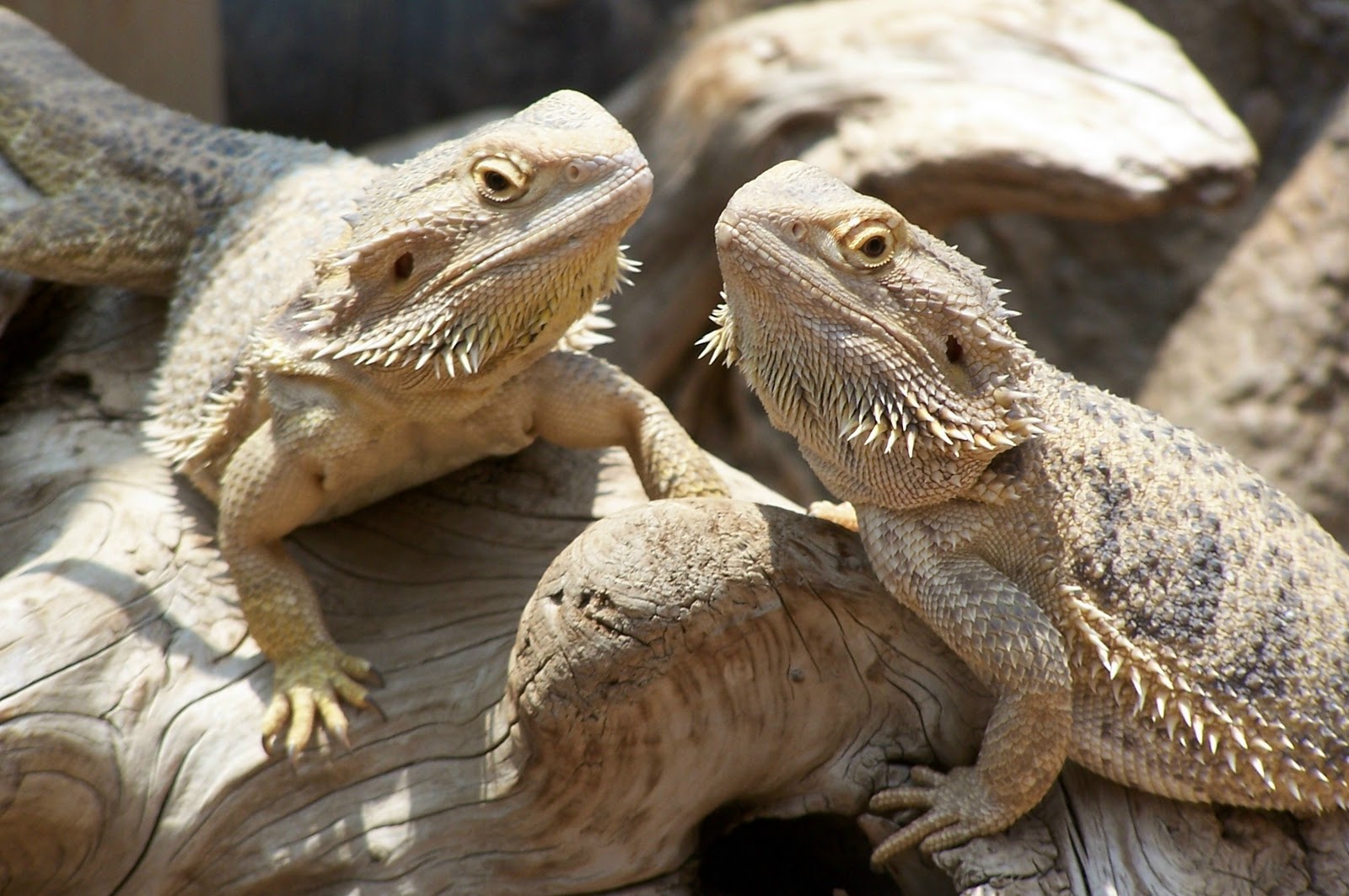The Ultimate Guide to Bearded Dragon Distribution: Everything You Need to Know
Introduction
Bearded dragons are becoming increasingly popular as pets, and it’s easy to see why. These friendly, docile creatures make great pets for beginners and experienced reptile owners alike. However, before bringing one of these reptiles into your home, it’s important to understand their natural habitat and distribution.
In this article, we’ll take a look at the bearded dragon’s natural distribution, what factors contribute to their habitats, and how you can provide the proper environment for your new pet.
Natural Distribution of Bearded Dragons
Bearded dragons are native to Australia, where they live in a variety of habitats. These habitats range from deserts to grasslands to woodland areas. The largest populations of bearded dragons can be found in the eastern and central parts of Australia, where the climate is hot and dry.

Bearded dragons can survive in a range of temperatures, from 70-90°F during the day and 60-70°F at night. They are also able to tolerate a wide range of humidity levels, from very dry to moderately humid environments.
Factors that Affect Bearded Dragon Distribution
Several factors contribute to the distribution of bearded dragons in their natural habitat. These include:
- Temperature: Bearded dragons prefer warmer temperatures, which is why they are most commonly found in hot, dry areas.
- Food Availability: Bearded dragons are omnivores and eat a variety of foods, including insects, fruits, and vegetables. Their distribution is often determined by the availability of these food sources.
- Water Availability: Despite their ability to tolerate dry environments, bearded dragons still require water to survive. They will seek out areas where water is available, such as near rivers or streams.
How to Create the Proper Environment for Your Pet Bearded Dragon
If you’ve decided to bring a bearded dragon into your home, it’s important to create an environment that mimics their natural habitat as much as possible. This will help ensure that your pet is happy and healthy. Here are some tips on how to do that:
1. Temperature and Lighting
Bearded dragons require a basking area with temperatures between 95-105°F during the day, and a cooler area with temperatures around 80°F at night. They also require UVB lighting to help them process calcium and maintain healthy bones.

2. Habitat
Bearded dragons require a habitat that is large enough for them to move around and explore. A 40-55 gallon tank is generally recommended for one adult bearded dragon. The tank should be filled with a substrate that is safe for the dragon to walk on, such as reptile carpet or paper towels. Decorations, such as rocks and branches, can also be added to create a more natural environment.
3. Feeding
Bearded dragons require a diet that is high in protein and calcium. They can eat a variety of insects, such as crickets and mealworms, as well as fruits and vegetables. It’s important to ensure that the food you’re feeding your bearded dragon is appropriate for their age and size, and that you’re providing the proper supplements, such as calcium and vitamin D.

Conclusion
Understanding the natural distribution of bearded dragons is an important step in providing proper care for these pets. By taking the time to create an environment that mimics their natural habitat, you can ensure that your pet is healthy and happy. Remember to provide the proper temperature and lighting, a suitable habitat, and a varied and nutritious diet. With the right care, your bearded dragon can thrive in their new home.
